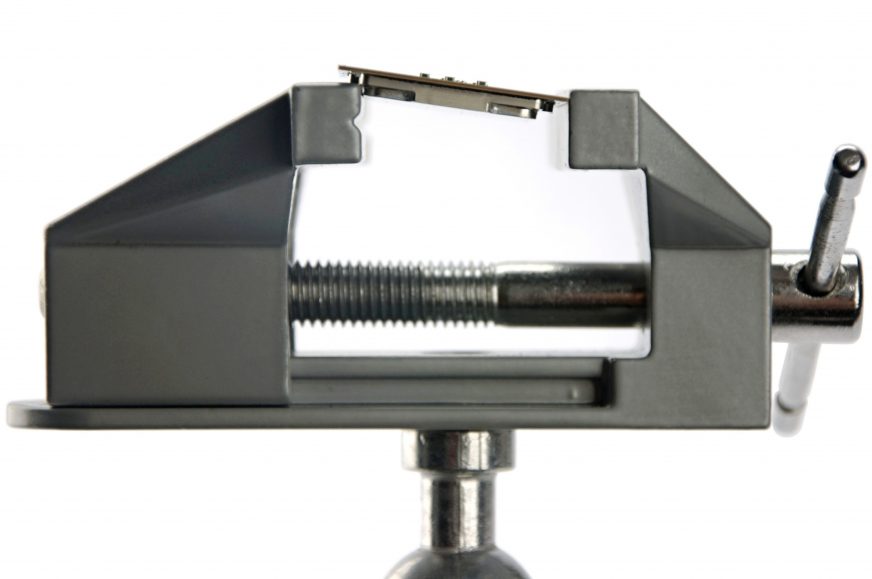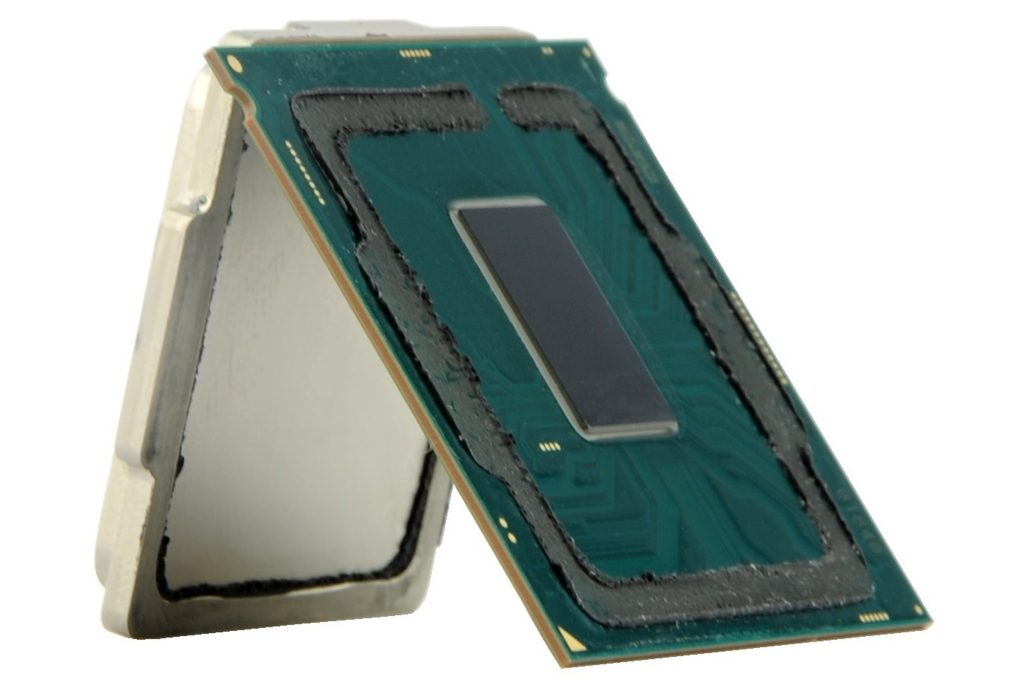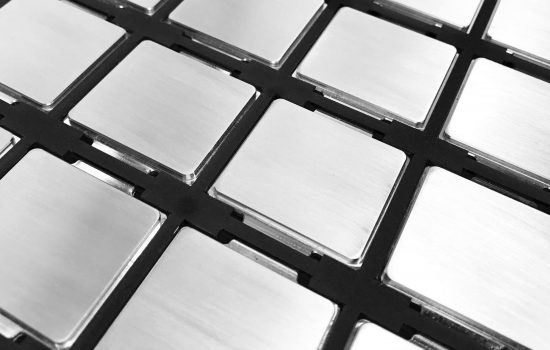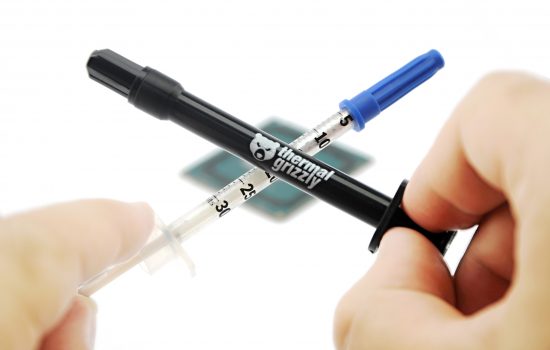The results and conclusion
Is it enough to replace the default paste, or should you consider an uncompromising solution like a liquid metal? Does it pay off to try your luck and experiment with on-die cooling? You will find the results of tests of all relevant combinations in this article. We also monitored how can the behaviour of a liquid cooler and a traditional air cooler affect the performance.
The results and conclusion
By replacing the original paste with the Thermal Grizzly Conductonaut liquid metal, you can decrease the temperature by 16 – 19 °C. The jump from 84 to 65 °C is really significant and it paves the way for higher overclocking of better chips. Also, replacing the not very effective default solution from Intel is worth considering for people who are aiming for quieter PWM.
The decrease with MX-2 represent roughly a third of the decrease with TGC. So, it will not help much to apply it directly on-die, but it is an excellent choice for the IHS because there it falls behind only by 1.5 – 3 °C. And that is not enough to be worth repairing your cooler’s base after few years.
Those who expected that putting cooler directly on the chip will be the most effective method will be disappointed. The less effective paste you use, the more reasonable it will be to use the IHS. On the one hand, you will reduce the two heat transfer points to one, but the fact remains that the chip is too small to exploit the full potential of the larger base of the cooler. In this case, the heatspreader is useful because it helps to spread the heat over a larger area. And it does not matter what kind of base your cooler has, whether it consists of heatpipes or it is just a solid block of a liquid cooler.
Both more effective and less effective coolers scale in the same ratio with the unmodified processor, but the potential is quite limited and at higher voltages even the NH-D15 cannot keep up, which is absurd with a platform that has power consumption of 125 W. Therefore, the liquid metal belongs to CPUs with unlocked multiplier. We will try to find out if there are any better alternatives to TG Conductonaut in some of the following articles.
TL; DR: The most reasonable is to use a liquid metal on the chip and some standard compound on the IHS. It does not make much sense to use the standard paste twice and it is also pointless to put the cooler directly on-die – the results will be worse in both cases.
If you would like to give us a tip for a review, feel free to do so in the comment section.
We will be grateful for any feedback!












